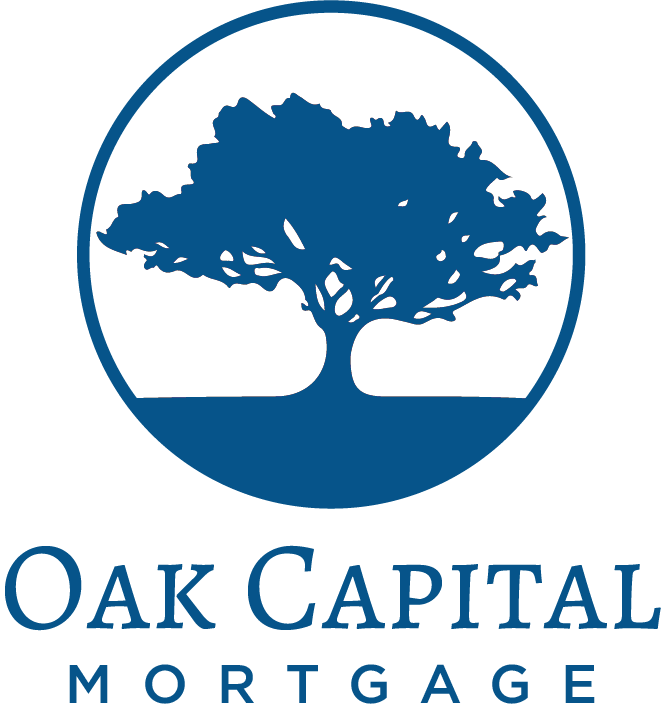When is it a Good Time to Refinance? As President of Oak Capital Mortgage, I…
Understanding Cash to Close
Navigating Your Closing Disclosure: Understanding Cash to Close
If you have received your Closing Disclosure from your lender, you are almost done with your home buying journey. The Closing Disclosure (CD), provided at least three full days before closing when you sign the final purchase documents, means that you are at the finish line, ready to celebrate with keys in hand. On the CD, you will see the “cash to close” listed. What exactly is that number and how is it determined?
Understanding Closing Costs
Closing costs include all the legal costs, appraisal fees, and other expenses required to finalize your home purchase. These costs can be paid by the buyer, the seller, or split between both parties. The terms will be outlined in the purchase offer. Common fees included in this total are:
- Appraisal (typically paid by the buyer)
- Attorney fees for document preparation and title search
- Title insurance to protect against third-party claims of ownership
- Application fees to the lender
- Origination fees to cover underwriting costs
- Mortgage insurance premiums, if applicable
- Funding fees for FHA, USDA, and VA loans, if applicable
- Pest inspection fees
When these fees are totaled, they can result in a significant charge. They will be listed separately on the Closing Disclosure and added to the overall cash to close, less any amount the lender is willing to roll into the loan value. Oak Capital Mortgage can help clarify these details and ensure you understand each fee.
Earnest Money Deposit (EMD)
You probably already paid an earnest money deposit (EMD) when you first agreed to purchase the home. This amount, usually around $1,000, is held in escrow while you get to closing. At closing, the EMD goes toward your closing costs.
Down Payment
Most of the required cash to close comes from the down payment. Depending on the type of loan you are using, you may be expected to bring as little as $0 and up to 20% or more of the purchase price to closing. Discuss this with your lender well before closing as part of the underwriting review. Oak Capital Mortgage can guide you through the down payment requirements for different loan types.
Methods to Pay Closing Costs
Lenders do not expect buyers to bring physical cash to their closing appointment but will provide a few options for transferring money to cover this expense:
- Cashier’s Check: This is the most common method and can be obtained at your local bank or credit union. To get a cashier’s check, you will need to know the exact amount and who to make the check out to.
- Certified Check: Another secure option from your bank.
- Wire Transfer: This method is accepted but give yourself a few days for the wire to process. Wire transfers are more susceptible to fraud, so always verify the wire addressee with your lender before transferring funds.
Cash, credit or debit cards, and personal checks are typically not accepted for real estate closings. Due to the high amounts, lenders want to know exactly where the money is coming from and ensure you are not incurring additional debt to pay the cash to close amount. Oak Capital Mortgage can help you navigate these payment options securely and efficiently.
Conclusion
Receiving your Closing Disclosure is an exciting step toward finalizing your home purchase. Understanding the cash to close and the components that make up this total is crucial for a smooth closing process. By working with a trusted mortgage broker like Oak Capital Mortgage, you can ensure you are well-prepared for this final stage and confident in your home buying journey. Congratulations on reaching the finish line!




